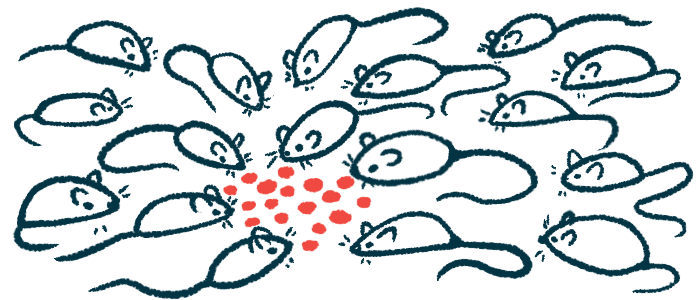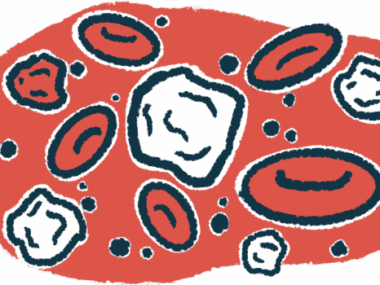Signs of early brain disruption prompt timely CLN3 gene therapy
Findings in mouse models urge early intervention before damage accumulates
Written by |

New research of mouse models of juvenile Batten disease finds that disruptions in brain activity emerge soon after birth.
The findings suggest treatments for this form of Batten disease, such as gene therapies, are likely most effective when given as early as possible.
The study, “CLN3 disease disrupts very early postnatal hippocampal maturation,” was published in Scientific Reports.
Exploring brain disruption in mouse models
Juvenile Batten disease, also known as CLN3 disease, is caused by mutations in the CLN3 gene and is typically marked by severe neurological symptoms in childhood. Although mutations in the CLN3 gene are well established as the disease’s cause, the actual function of this gene is not well understood. It remains unclear exactly how CLN3 gene mutations lead to neurological problems.
To understand how CLN3 gene mutations affect brain development, a team of U.S. scientists conducted a detailed series of experiments in a mouse model of juvenile Batten disease. Previous experiments showed abnormalities in brain activity in adult mice, but it was unclear when these changes emerged during development.
The researchers found abnormally low activity in the hippocampus — a brain region involved in memory and learning — emerged as soon as one week after the mice were born. At two weeks, hippocampus activity had increased but was still lower than that typically seen in healthy mice.
By three weeks, hippocampus activity started decreasing, consistent with the disruptions identified in adult mice in earlier studies, the researchers said.
“These findings collectively suggest that CLN3 disease leads to early and persistent disruptions in hippocampal network maturation,” the researchers wrote.
The finding that disruptions in brain activity are detectable in early life suggests treatments targeting this disease (such as gene therapy) are likely most effective when given as early as possible, before substantial damage accumulates, the researchers said.
Recent research has indicated CLN3 mutations can lead to an abnormal buildup of molecules called glycerophosphodiesters (GPDs) in brain cells. The researchers noted high levels of a specific GPD (called glycercophosphoinositol) emerged as soon as 11 days after birth, roughly coinciding with detectable hippocampus dysfunction. This finding supports the idea that the molecules’ buildup may disrupt brain function in CLN3 disease.
‘These findings emphasize the need for early intervention to preserve hippocampal network function and mitigate long-term neurodegenerative consequences,” the researchers wrote.






